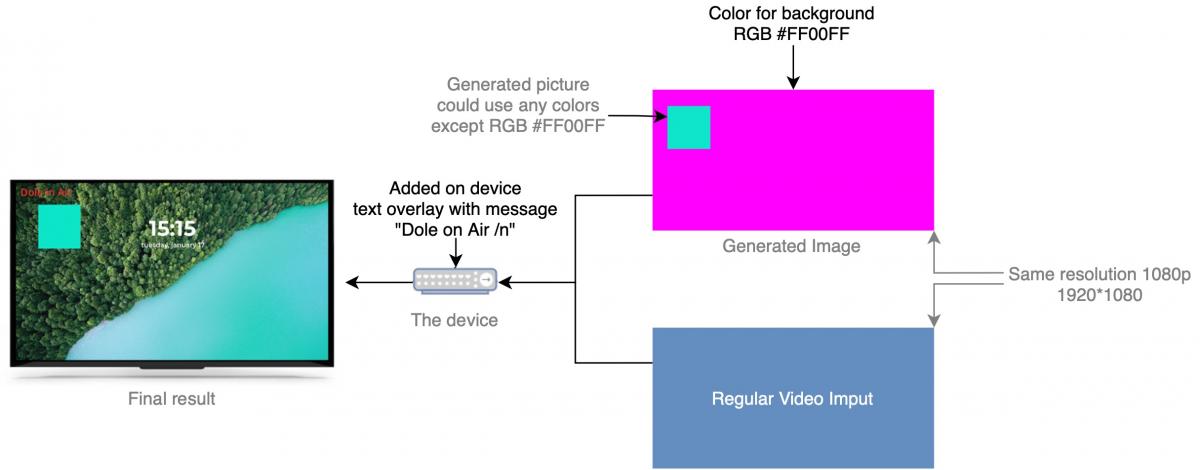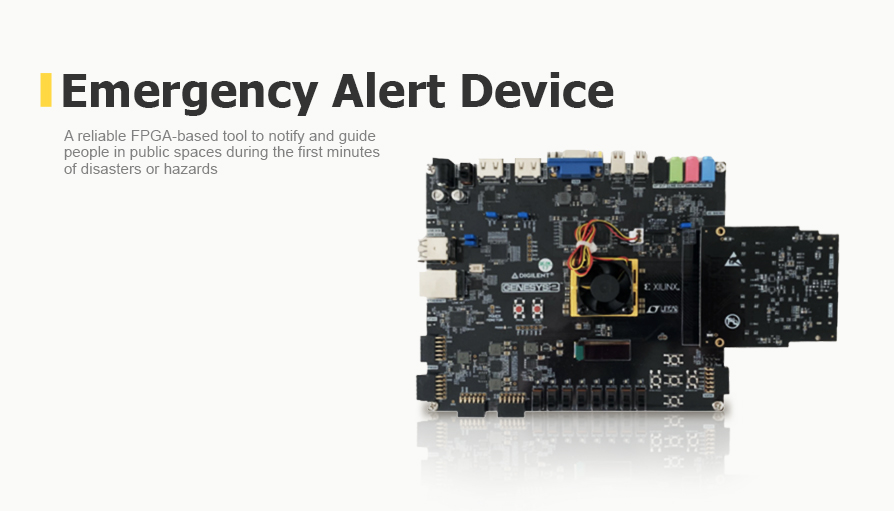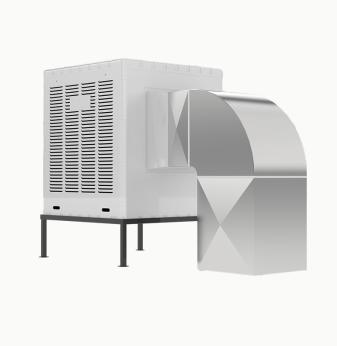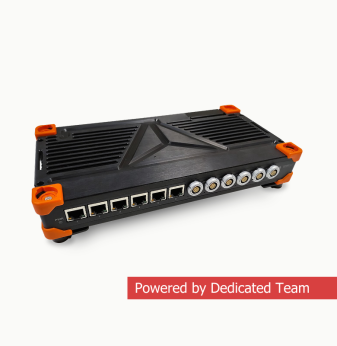Emergency Alert Device Development
Client
A renowned industry leader specialising in compact touchscreen monitors and innovative digital signage system for various applications.
Challenge
The main challenge of the project was to provide a reliable and cost-effective tool to notify and guide people in public spaces during the first few minutes of disasters or hazards, such as fires, earthquakes, public shootings, etc.
The original idea was to use the TVs and LCD panels installed throughout the facility (for commercial, entertaining or other needs) to notify people. Such solutions traditionally require connecting all screens to a network managed by a single content management system (CMS). Using a CMS requires managing the video format and resolution properly for each device, which leads to significant limitations on system scalability and operation costs.
Our task was to gain access to various devices without building a unified content management system to get all the benefits but avoid scalability problems.
Solution
Our engineering team modified the video stream directly with a signal mixer to avoid editing or managing original video files. When in standby mode, the mixer passes the original video stream without modifications and waits for activation.
After receiving the content, the mixer executes the classical Man-In-the-Middle trick by modifying the alpha channel of the original video stream to make a message visible as an overlay on the original video.

Image 2. Video transmission system workflow
A key feature of this solution is the use of FPGA for video processing, which enables 4k video support at a low-cost. The proof of concept was done with the Digilent Genesys 2 FPGA development board, a high-performance platfrom with the Kintex-7 FPGA from AMD (Xilinx).
Business Value
We designed for our client a flexible and convenient notification system that can be installed on any screen with a resolution of 4k or lower as a Plug & Play system.
The production cost of each unit is kept below 60 USD, making it an affordable option. Moreover, the system offers linear scaling costs, meaning that the cost of each successive device remains the same as the previous one. This ensures that the system does not become more complex as it grows.
The overlay is screen model and video codec agnostic, providing users with a seamless experience regardless of their hardware or software preferences.

































